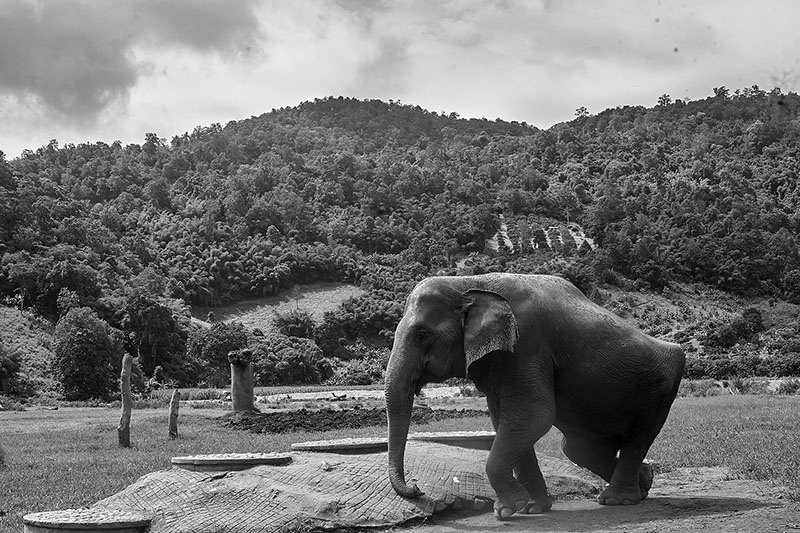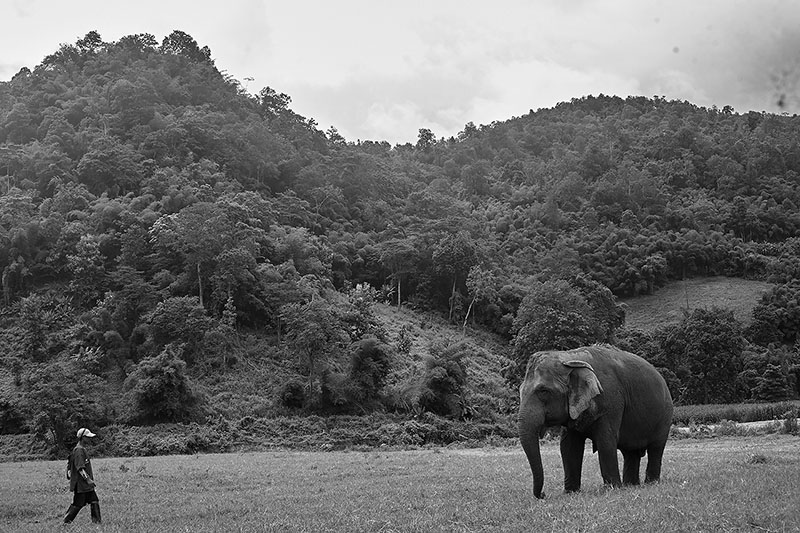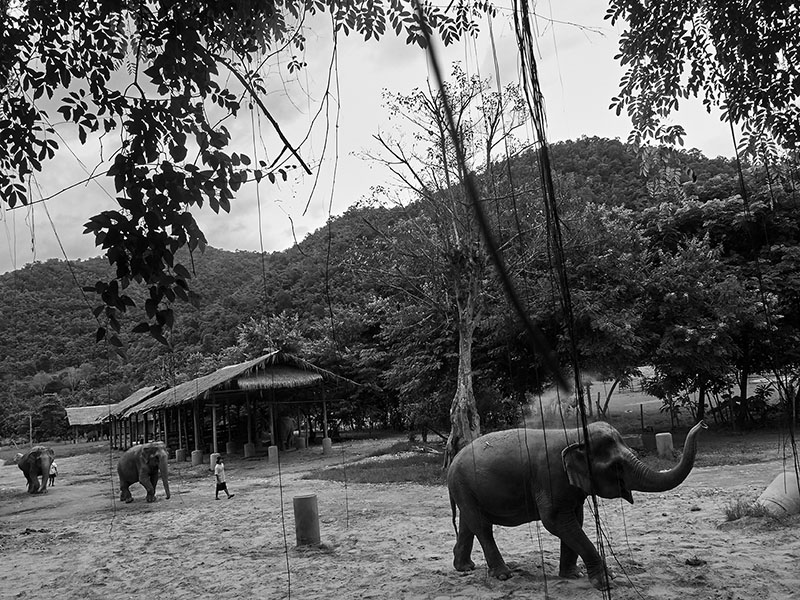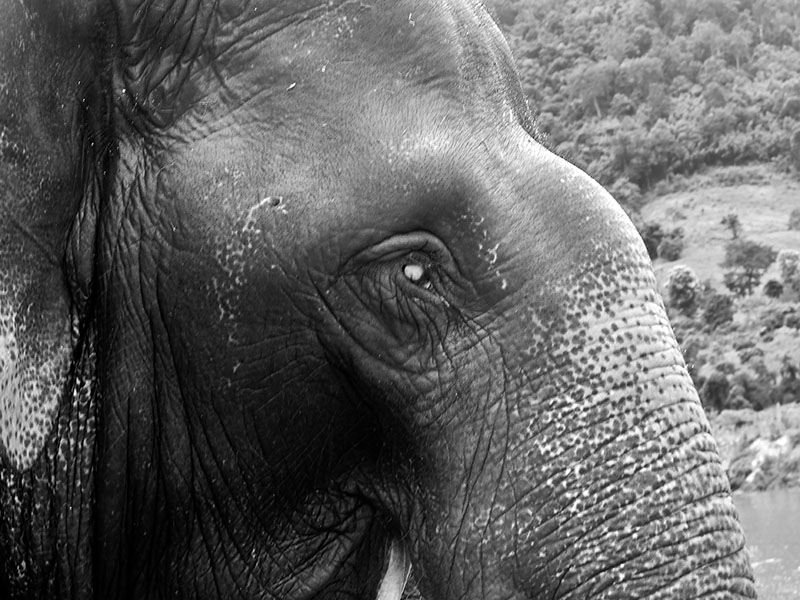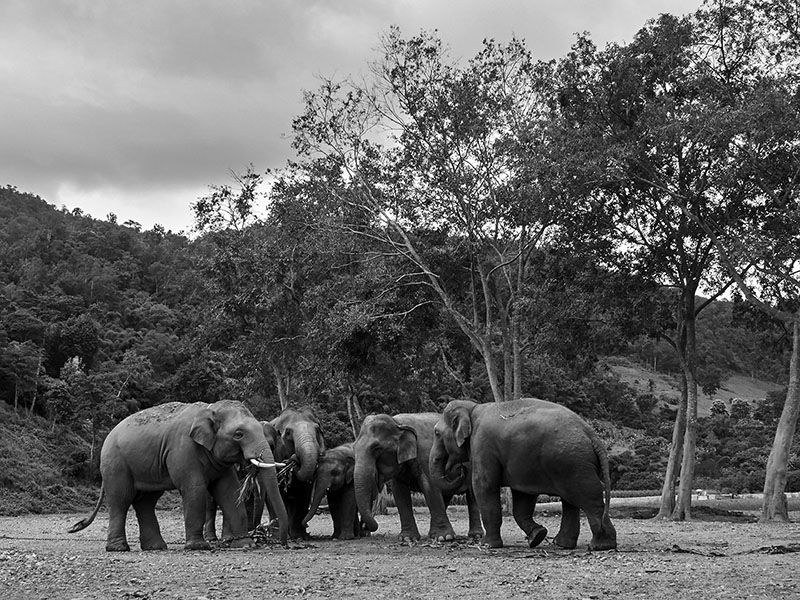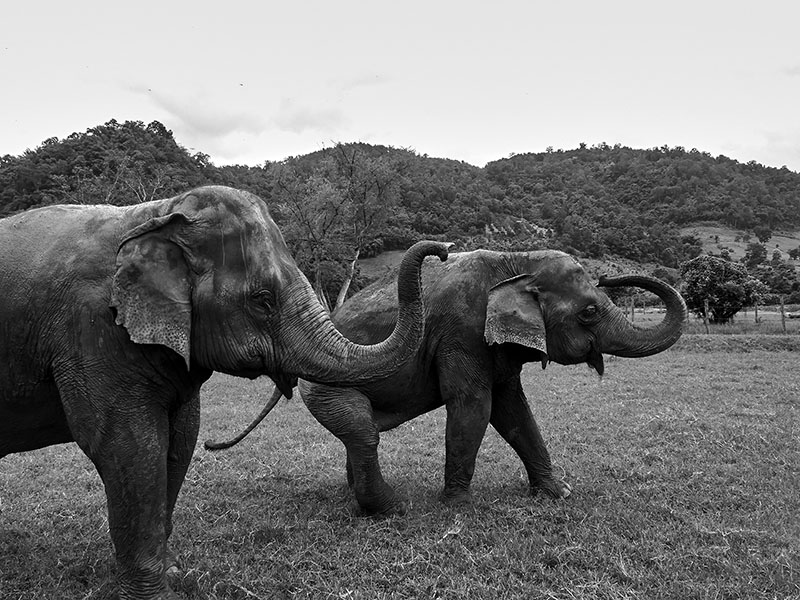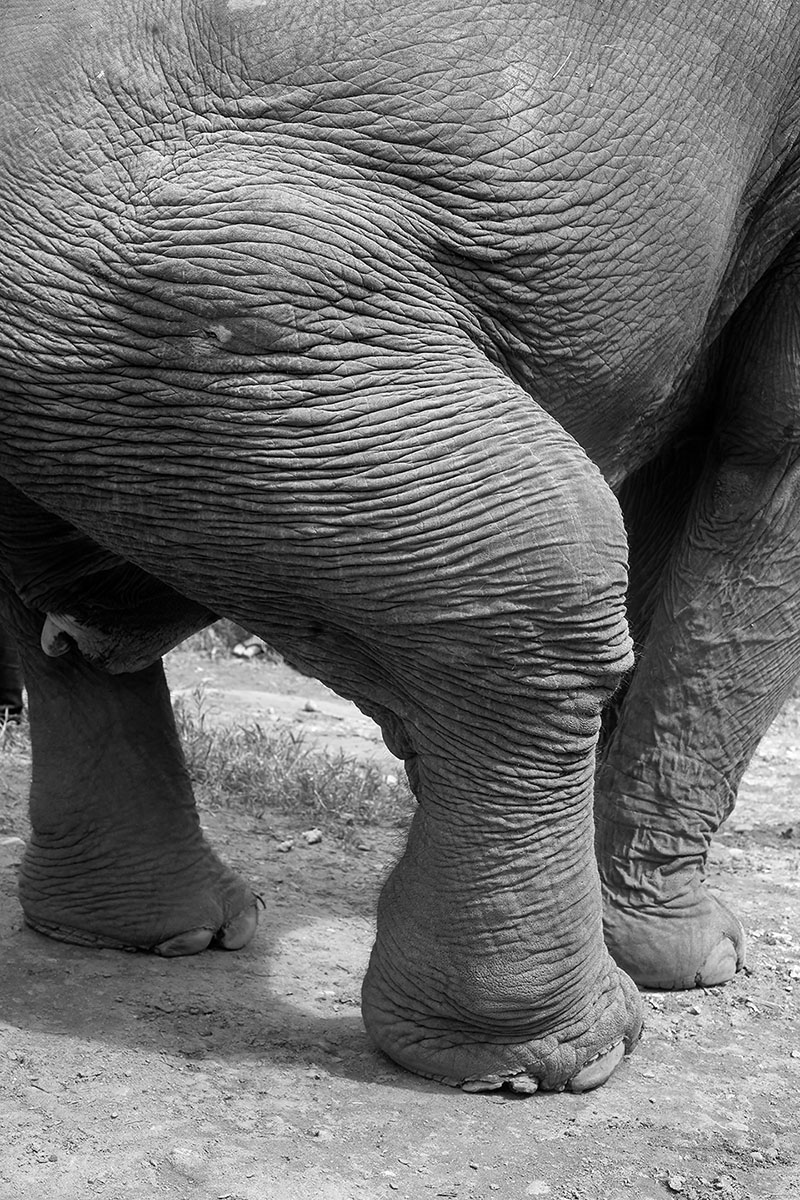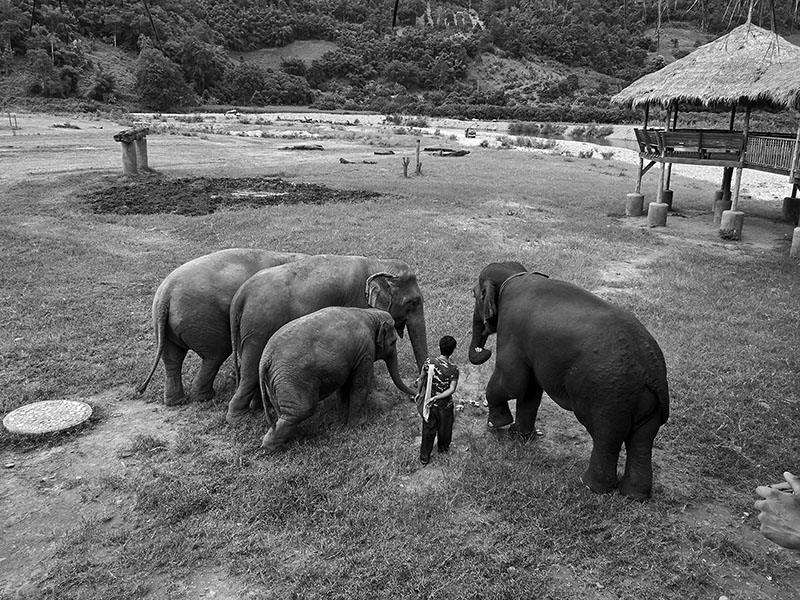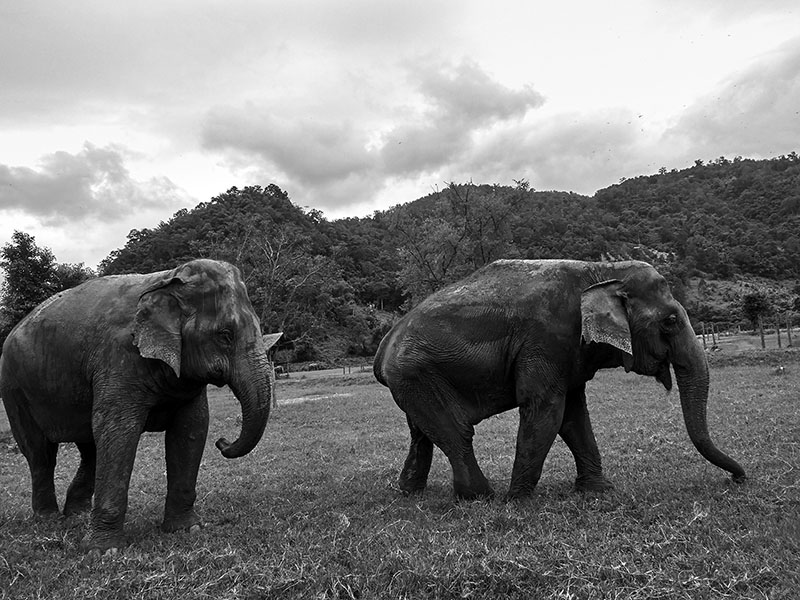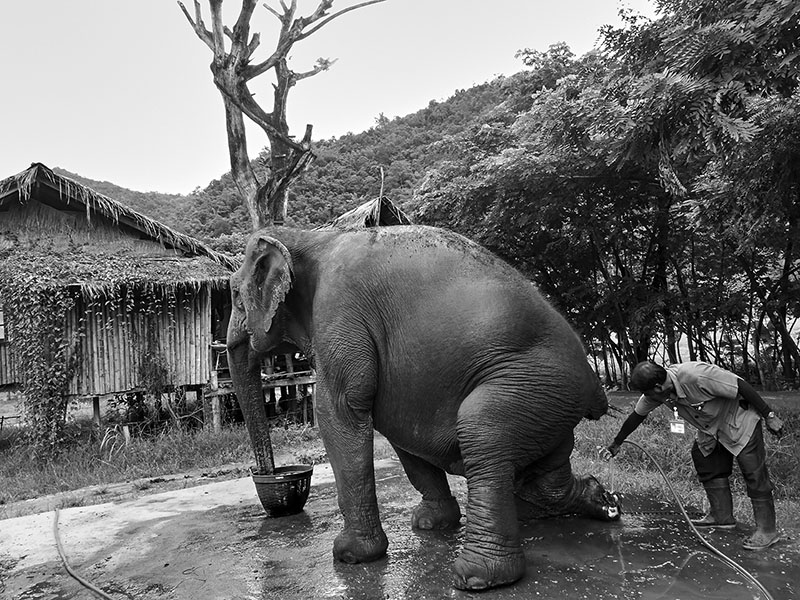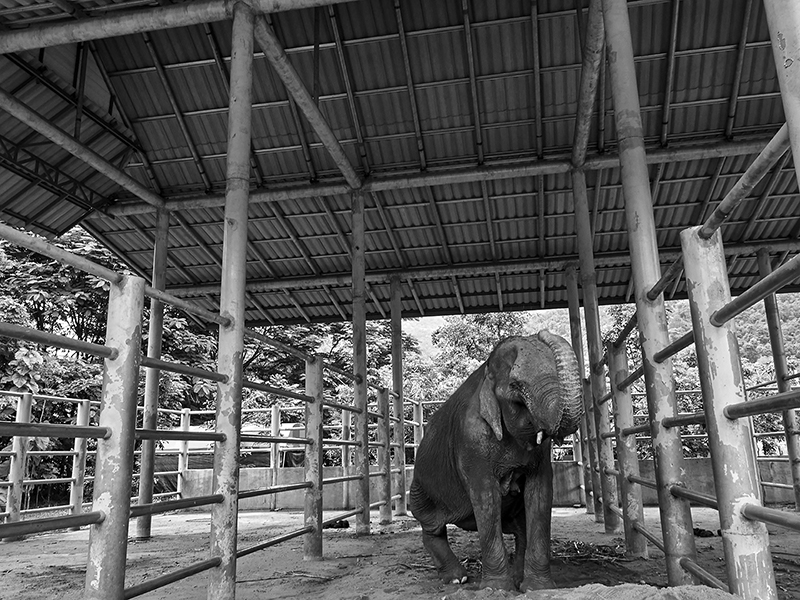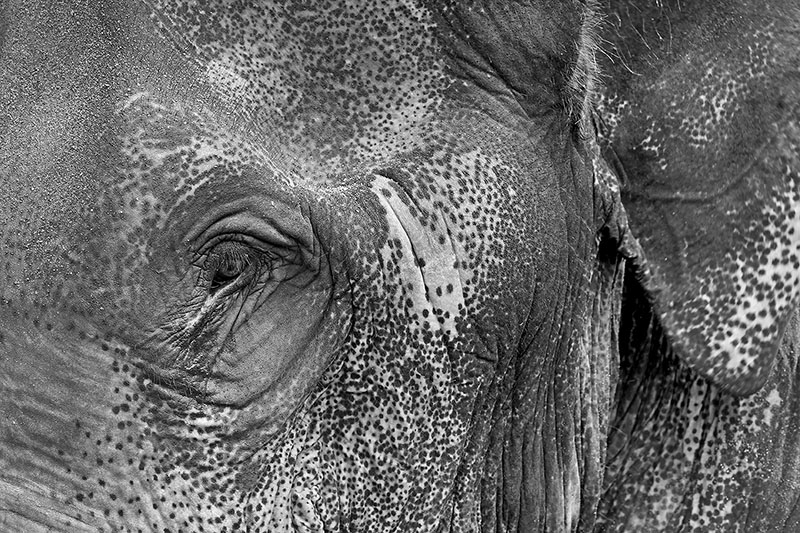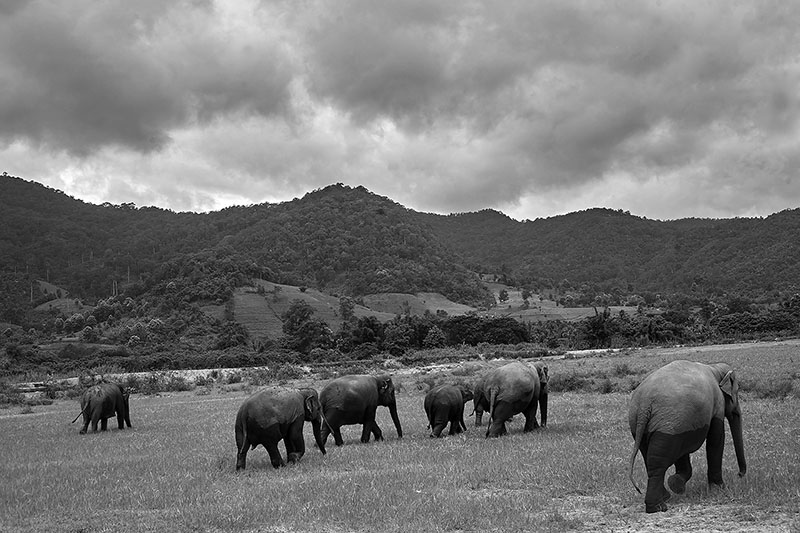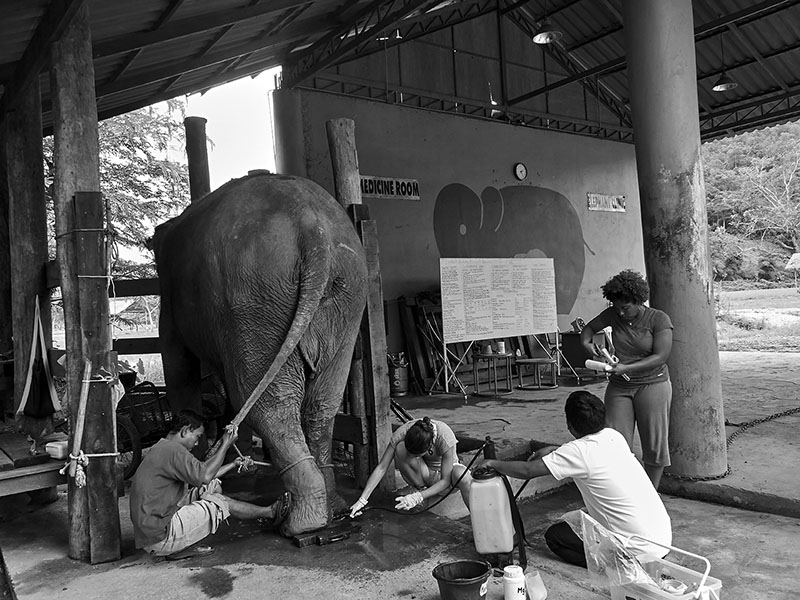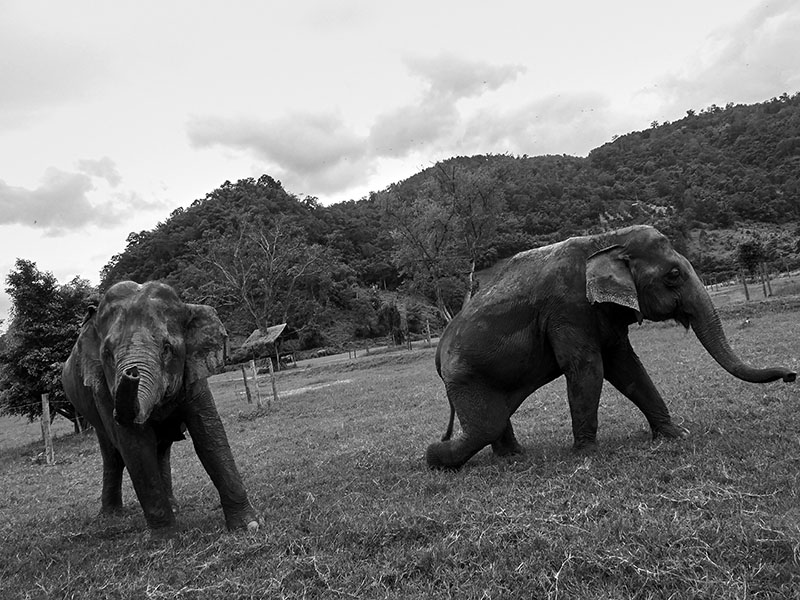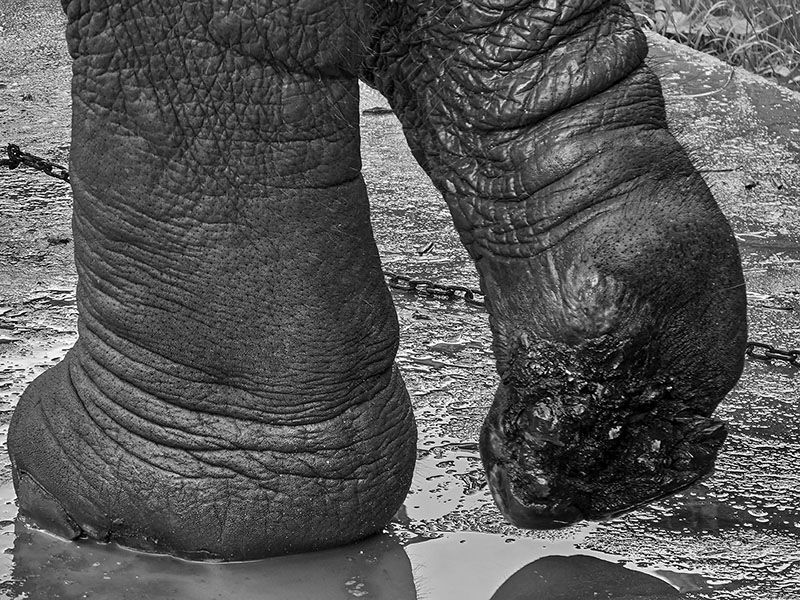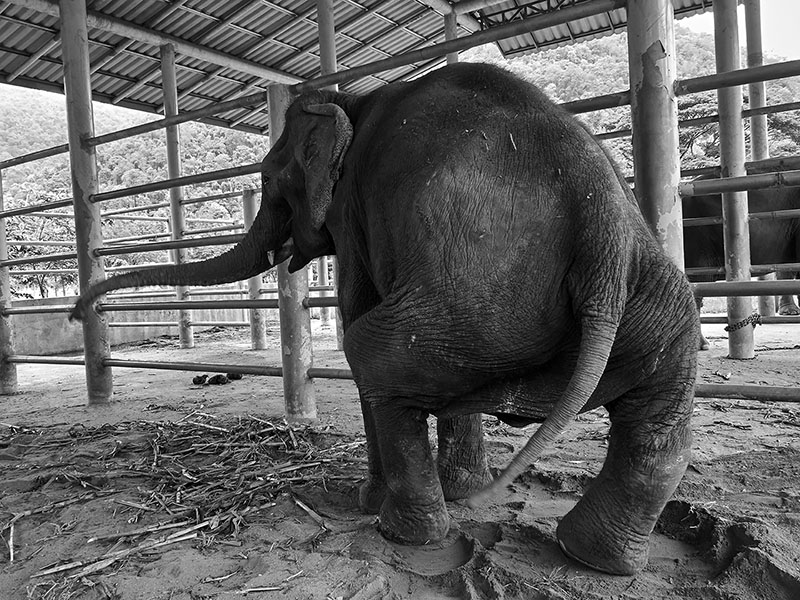Asian Elephants
Asian elephants: intelligent, sociable, but endangered species.
Asian elephants once roamed across most of Asia, but now they’re restricted to just 15% of their original range in a number of fragmented and isolated populations around south and southeast Asia. Today, there are fewer than 52,000 Asian elephants left in the wild. They are also listed as endangered species on the IUCN Red List.
Asian elephants differ from African elephants in several ways. They are not quite as big as their African cousins and have proportionally smaller ears. Asian elephants are generally dark grey to brown in colour, often with pink or yellow marks on their face, ears, and trunk.
Female Asian elephants are more social than males. They live in herds with their female relatives. Males usually live alone but sometimes form small groups with other males.
Living in some of the most densely populated parts of the world has brought challenges. Asian elephant numbers have roughly halved in the last three elephant generations. We need your help to make them thrive again.
Why Asian elephants are so important
Elephants are very important grazers and browsers, eating vast amounts of vegetation every day and spreading seeds around as they go. They also help shape the often-thick vegetation of the Asian landscape.
For example, in forests, elephants create clearings and gaps in the trees that let sunlight in to reach new seedlings, helping plants grow and the forest to regenerate naturally. Forests provide important resources for both wildlife and people.
Elephants will also dig for water when there isn’t any surface water, opening water access for other creatures as well as themselves.
By protecting the Asian elephant, we’re making sure they and their environment stay healthy and thriving.
Chiang Mai, Thailand, 2012.

